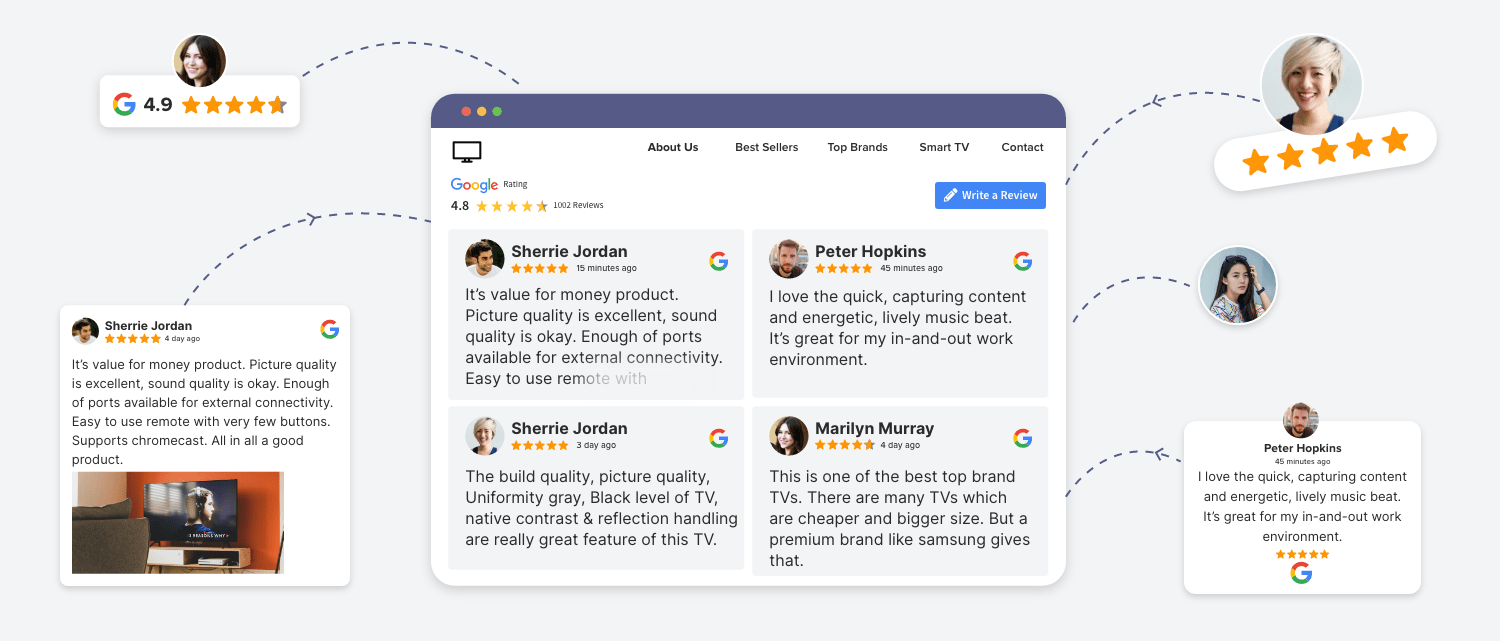
Patients and doctors alike will find the health consumer report a valuable tool. The four main themes of the study for this year are: Optimism, Choices, Transparency, and Transparency. These themes include optimism, choices, transparency, and patient-generated data. These elements are key to improving consumer satisfaction with health care.
Optimism
Optimism has been associated positively with improved health and wellbeing. It also helps you to see the positive side of stressful situations. Indirect effects of optimism on quality of living are also evident. Optimists report a higher quality life than those who are pessimists.
Optimism is associated with a healthier lifestyle, including improved physical health and a healthier social support network. People who are optimistic tends to be more active, less likely to smoke, live with a partner, follow doctors more closely, and get better sleep. However, despite these benefits, there is no evidence to suggest that optimism is associated with a healthier diet and a leaner physique.
Options
Health insurance marketplaces have been created by the Patient Protection and Affordable Care (PPACA) to allow consumers to compare and contrast different health insurance plans. Many consumers do not have the knowledge necessary to make informed coverage decisions and end spending more money than they should. RAND researchers look at the literature in this report to assess whether consumers are making informed decisions about their coverage.

Consumer choice is key to improving the quality healthcare in the United States. By asking people about their experiences with health care providers, health consumer reports can help consumers make informed decisions about their health.
Transparency
Transparency in Health Consumer Report Movement has many positive aspects. The report makes it easy for consumers to select a doctor or hospital based on the ratings, and it also lets them know how their provider measures up. But it also carries some risks. It is possible that it can be confusing for consumers to grasp the jargon used in the report.
First, consumers may not be as likely to make good decisions when selecting a medical provider. Due to the complexity of the health care system, patients are prone to select the most expensive provider. Quality of care does not always reflect costs. Patients can often be charged for prescriptions and facility fees. These costs can add up to their monthly bills.
Patient-generated data
Patient-generated data (PGHD) is data collected outside of a traditional health care setting. This data includes information on prevention and health promotion activities. This broadens the definitions for health beyond the realm of wellness and illness. It includes information on prevention and health promotion activities. This data, in turn, improves patient care quality by improving service delivery and satisfaction.
This data can be gathered from different sources and can then be used in healthcare. It can include personal health information, such as blood pressure readings and exercise information. It is important to differentiate between patient-generated data and patient-reported outcome measures.

Biopharma companies
The pharmaceutical industry is spending billions of dollars a year on research to create new drugs. But despite these investments, the price of prescription drugs in the U.S. is on the rise. Despite this, many Americans are willing to spend money, even if their medications don't really need them. Insulin costs from $14-300 in the U.S. to $6-$30 in other countries.
The report included 35 large pharmaceutical companies, which generate revenue from their sales and have EBITDA exceeding $3.7 trillion. This was almost triple the amount of revenue generated by the S&P500. In the meantime, biopharmaceutical companies' profits were lower that those of S&P500 companies.